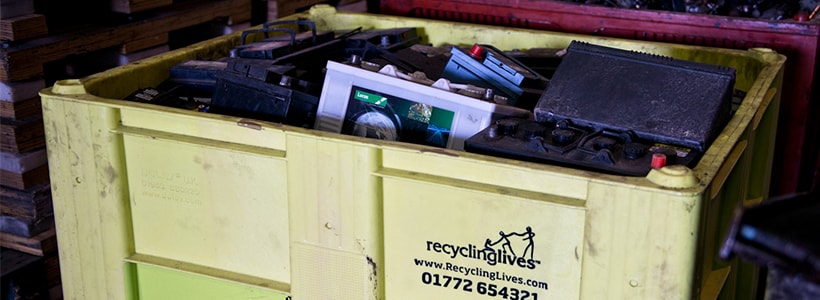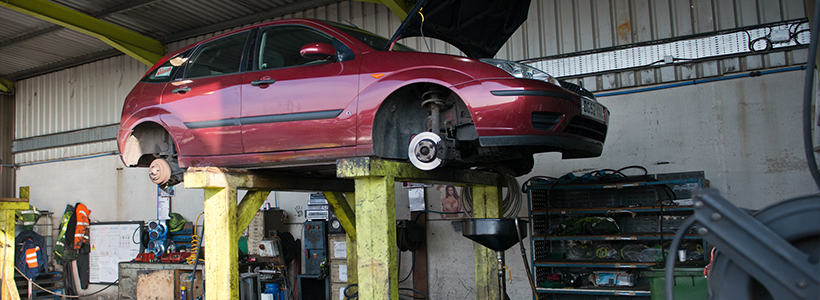
The Scrapping Process: What Is Vehicle Depollution?
7th Apr, 2017
Safety is a major concern in the car scrapping industry, and quite right too. Depolluting is a crucial part of that safety process, and it’s exactly what it sounds like – removing all the harmful chemicals and suchlike that could pose a risk to human and environmental health. Our Authorised Treatment Facilities take this duty very seriously, under the ever-watchful eye of the Environment Agency.
Why Do Cars Need To Be Depolluted?

You might not necessarily realise it, but your beloved four-wheeled friend is more toxic than you’d like to think. After all, cars are quite complicated machines, and they need things like oils, fuels, battery acid, coolants and refrigerants to work properly. Those are all fantastic at their jobs when they’re actually in the car, but also spectacularly bad for the environment when taken out of it, so they need special handling to avoid damage to plantlife and animals – and that includes us! As we explained last week in our blog about battery disposal, these sorts of scrap car chemicals are known to affect our brains and livers, amongst other things – not the sort of stuff we want anything tampering with, to be honest. In the same way, once these chemicals are released into the environment, the damage isn’t easily undone. That’s why we, as a species, need to be extra careful they never make it that far, and that’s what depollution is all about.
What Does Depolluting Involve?

While the actual process is obviously fairly involved, the main steps of the process are pretty simple. We’ve mentioned all the components that pose a risk to human health – depollution is just a matter of ATF professionals removing and disposing of these hazardous materials. This sometimes means setting them aside and storing them for a bit until they can be forwarded on to a more specialised facility. Obviously, it’s not ideal to have boxes full of hazardous waste casually knocking about the place for too long, so the Environment Agency has rules on the amount of waste each ATF is allowed to store. Once over that limit it becomes unsafe, so as you can imagine it’s usually all shifted pretty quickly in practice.
Just a few examples of items that ATFs routinely remove are:
- Car batteries: Containing nasties like lead, acid and mercury, they’re usually recycled at a specialised facility
- Tyres: A fire risk and a breeding ground for parasites, tyres are usually shredded, with the rubber set aside be used in construction
- Catalytic converter: One of the more valuable scrap car components, the converter can still be classed as hazardous waste if it’s been opened, and the catalyst material exposed.
- Air bags: Given their function, air bags can be potentially. We think you’ll agree that landfills are bad without the odd explosion, too!
Once that this stuff – and more – has been removed and the scrap car has been thoroughly depolluted, it can then be properly crushed. After that, our expert car scrappers will remove metals, plastics, fibres and stuff that can be separated and recycled. That’s all there is to it! Recycling these parts keep them out of unnecessary landfill, which is a hot-button issue here at Scrap Car Network. You can read about other reasons to choose us here, or you can get straight to our homepage and enter in your details to kickstart scrapping your car today!
Don’t forget to follow us on Twitter: @ScrapCarNetwork